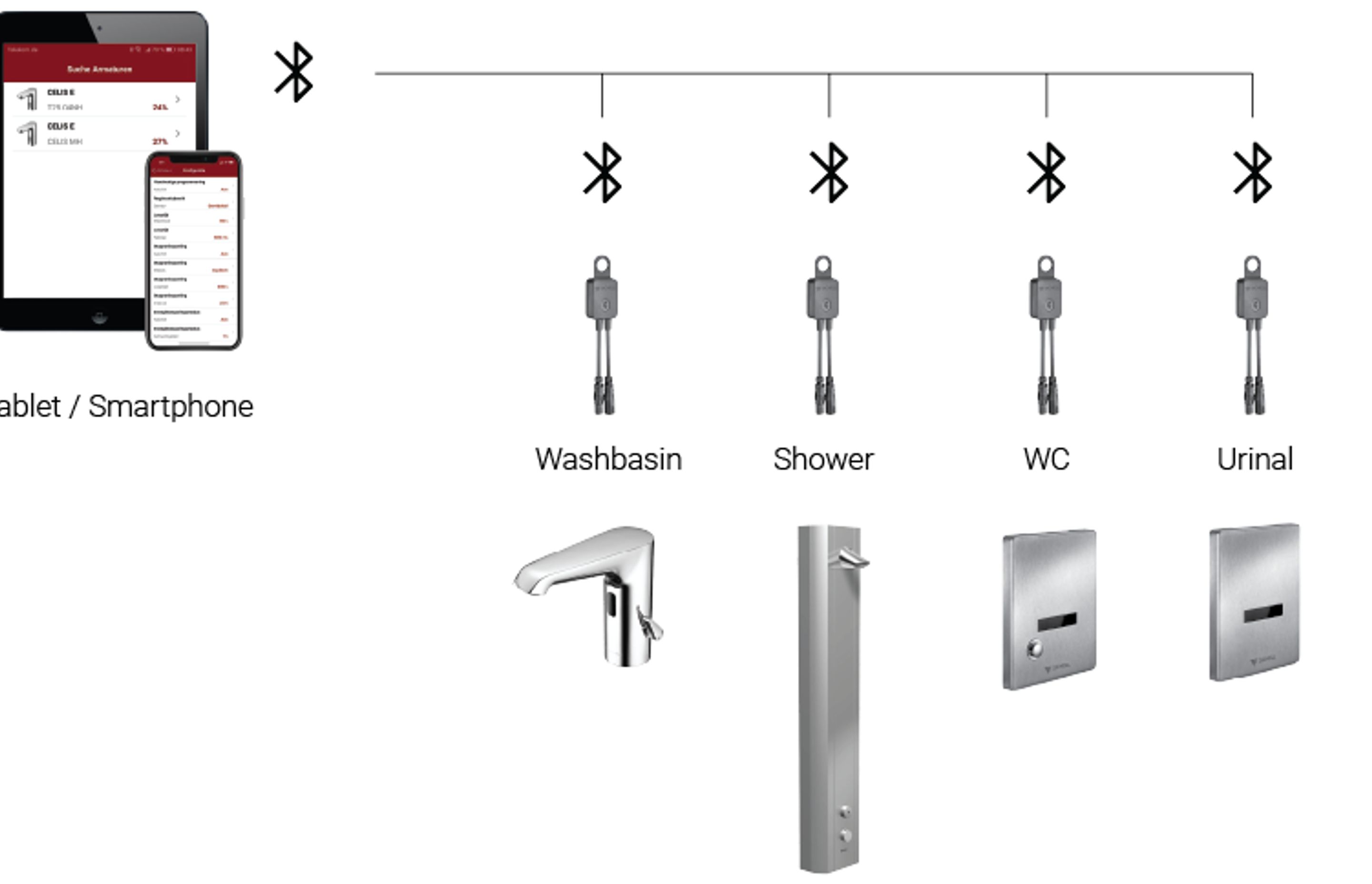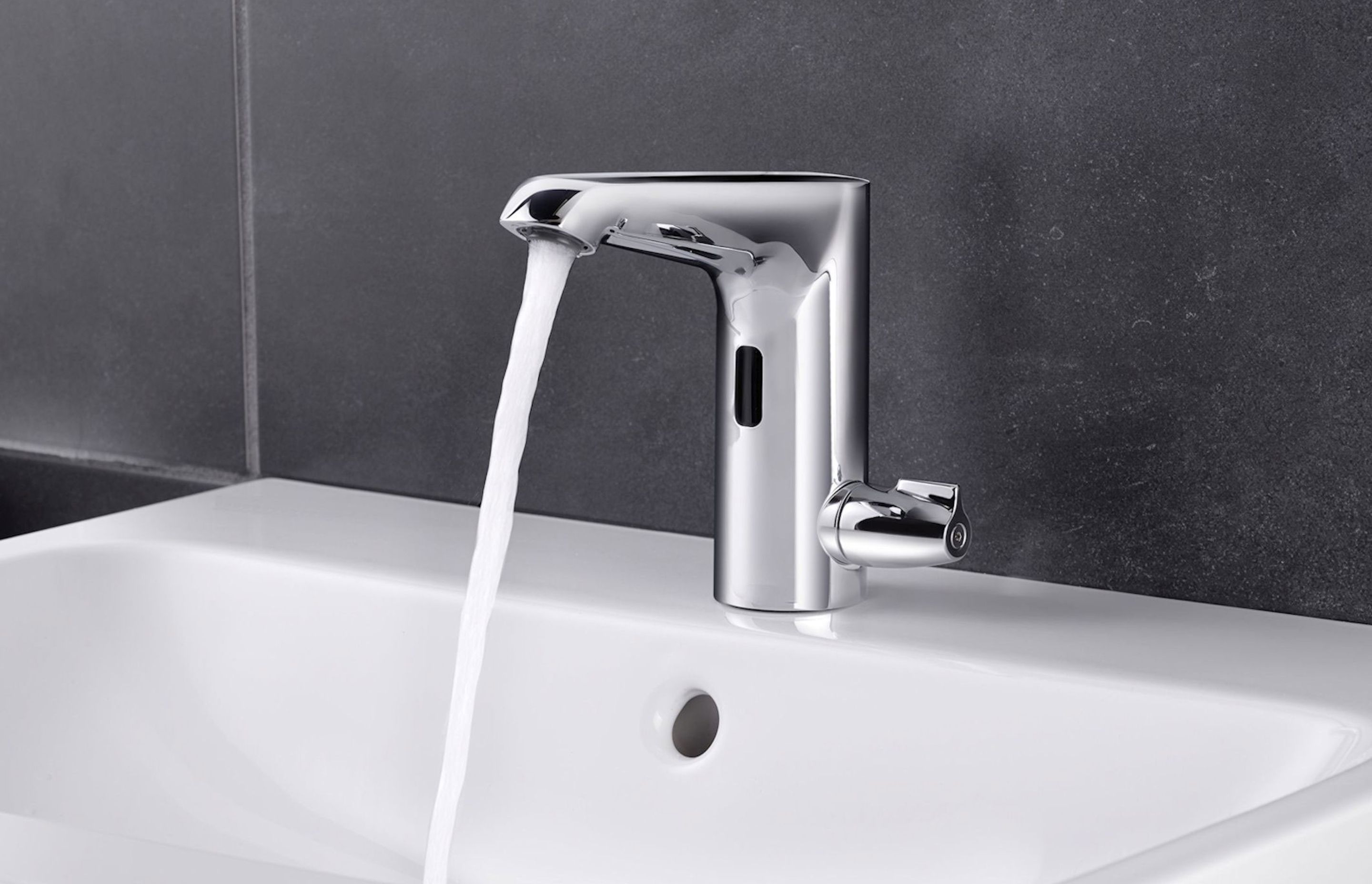Taking hygiene to the next level
Written by
14 August 2020
•
5 min read

While we here in New Zealand have fared better than many, the current pandemic has brought into sharp relief just how susceptible we are to germs and bacteria, as well as how easily they can be spread through even the briefest of contact.
This in turn has focussed people’s attention on those products designed to help mitigate the spread of germs in typically high-touch areas such as bathrooms and kitchens.
“We’re seeing increasing numbers of consumers coming into our design studios searching specifically for touchless tapware for their homes and businesses,” says James Smith, National Contracts Manager for Franklin.
“It’s not just in response to COVID-19. Generally, people are becoming more aware of a number of issues in and around the transfer of disease-carrying organisms and are looking for innovative solutions. This is, in turn, driving calls for regulatory bodies, as well as manufacturers, to work towards getting specifications in this area to where they need to be.
“People don’t know what they don’t know and it’s up to us as an industry to work on their behalf.”
Getting hands-off with your tapware
James says Franklin stocks a range of touchless/infrared products from global leaders HANSA and SCHELL.
“We have been offering SCHELL products to the New Zealand market for 25 years and in that time infrared technology has really come into its own and not just for the commercial sector but increasingly across the residential sector as well. “Similarly, smart technology has really reshaped the industry and what’s possible when it comes to tapware.
“Take SCHELL's SSC technology (SSC), for example. Utilising wireless Bluetooth technology, SSC allows for the practical and efficient setting of parameters on individual fittings, providing advanced control and ongoing monitoring of water quality in public bathrooms. Parameters can be set on any SSC-compatible SCHELL fitting via the SSC Bluetooth module and the SCHELL app, using point-to-point communication over Bluetooth.
“Likewise, HANSA SMART is a new generation of bathroomware also embedded with Bluetooth technology that allows users to control a range of settings, such as water and energy consumption, as well as providing real-time maintenance updates for componentry.
“So, whether you want a customised shower experience or touchless faucet, choose from a range of solutions that take hygiene, comfort and safety to the next level.”

How safe is our water supply?
Also coming into focus is the quality of our drinking water and the potential dangers of cancer-causing metals such as lead leaching from plumbing fixtures into our water.
“Currently, there are no legally mandated regulations in New Zealand covering the use of heavy metals within plumbing fittings and fixtures. There are standards but adherence to these is not obligatory. This situation is not unique to New Zealand, nor is it a new concern.
“In a New Zealand Herald article in 2006, the then Director General of Health, Dr Helen Poutasi recommended that ‘you flush a mugful of water from your drinking-water tap each morning before use to remove any metals that may have dissolved from the plumbing fittings’. This kind of consumer-responsible preventative measure simply isn’t good enough for the health and wellbeing of New Zealanders.
“We need to be having widespread discussions around how we are going to address this as part of the current push towards healthy homes. Surely the standard of our drinking water is as important as the level of condensation on our windows.”
Surely the standard of our drinking water is as important as the level of condensation on our windows.
“Yes, it is a complex issue that isn’t easily understood, however, as importers we have a duty to ensure that the products we’re offering to the general public are either low-lead or lead-free. It is a moral obligation, which, unfortunately not all manufacturers adhere to.
“As a consumer, I shouldn’t have to worry about the ‘nitty gritty’ but should have faith in the industry to have my best interests at heart and it comes down to paying attention to how our products are manufactured and how they perform.”
James says all of the manufacturers in the Franklin portfolio are strictly vetted for their approach to this issue and they select products that have been proven to be manufactured from DZR brass, a product specifically designed to mitigate dezincification of brass fittings and the consequent leaching of other metals such as lead into the water supply.
“This is just a step in the right direction as we need to be ensuring a similar level of quality control across the entire potable water delivery system. This extends to other issues around public safety such as preventing waterborne diseases such as legionellosis.
“While it is unlikely you will develop legionellosis, or legionnaires disease, from drinking contaminated water, it can be easily contracted by breathing in airborne water droplets such as those from a shower head. To help counter this, HANSA has incorporated laminar-flow technology into its shower heads, which results in a pure water flow rather than an aerated spray, thus greatly reducing the chances of people contracting the disease from a contaminated source.”
Learn more about touchless/infrared and laminar-flow products for your home or business.
